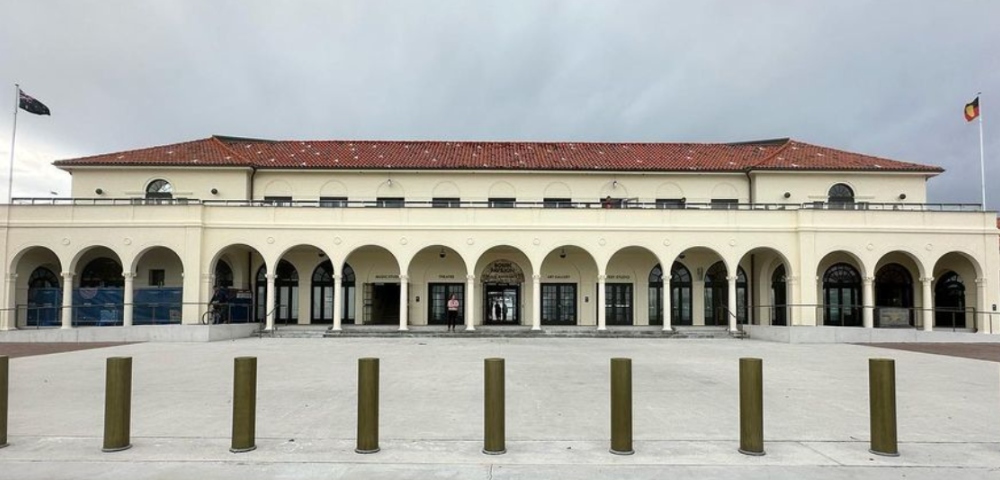
How Bondi lost its tram
BY PETER McCALLUM
With so much turmoil over transport, Bondi citizens blessed with long memories have been reflecting on their earlier transport route, Sydney’s busiest, where sun lovers, swimmers and surfers had no problem reaching their favourite summer icon, Bondi Beach.
Locals found their public transport system, trams, convenient and reliable. One could always find a spot in the 80-seater crossbench trams (pictured) that ran in coupled pairs in busy periods, which on this line and neighbouring Bronte meant almost every summer weekend.
The type of tram, introduced 100 years ago, was at the time one of the world’s largest and fastest, easily surpassing 60 km/h, an amazing speed in an era where horses still dominated.
Even after World War II, people were happy with their trams and, with such a frequent service, saw little point in buying a car.
But for Bondi, Bronte, Paddington and ‘the Junction’, all this ended very early on the morning of February 28, 1960.
So why did Bondi, and Sydney, lose their trams’
The answer can be found in a throw-away line in a recent cinema documentary What Happened to the Electric Car’ In a scene of derelict trams piled high in a scrap-yard, the voice over tells us of a motor company’s purchase of one US west coast city’s streetcar system, replacing it with primitive motor-buses in the 1920s so that citizens would be obliged to buy cars. It then declared that oil companies ever since had employed strategies to eradicate trams in many countries.
The link with Sydney was suddenly so obvious!
Back in the ’50s, mainstream metropolitan newspapers started carrying full page advertisements for each brand of petrol, once single brand service stations, owned by oil companies, replaced smaller family owned multi-brand outlets.
It wasn’t long before this avid newspaper reader, then in his teens, noticed a new trend in reporting on public transport. Sydneysiders were told they had one of the world’s worst transport systems. Trams were especially targeted. Even the daily cartoonists were instructed to lampoon public transport.
A full blown campaign began to rid Sydney of its popular trams. It’s hard to believe the full page petrol ads were not somehow connected with the editorial policies of the dailies. Tramlines closed, district by district, before it was Bondi’s turn.
One year later, after Bondi’s tram closure, on a sunny Saturday afternoon the last trams ran to Maroubra and La Perouse jam packed with sentimental passengers.
One of the world’s largest tram systems, running from the city to 32 suburban destinations on both sides of the harbour, was gone forever.
And the full page petrol advertisements, like the trams, became a memory!
Assistance with material for this article is acknowledged to the Sydney Tramway Museum at Loftus, Waverley Local Studies Librarian Kimberly O’Sullivan-Steward and The Eastern Lines of the Sydney Tramway System by David Keenan.
Waverley Historical Society’s next historical lecture will be on Monday, February 9 at 4 pm at Club Bondi Junction in Gray Street with details to be announced in coming issues of The Bondi View.









